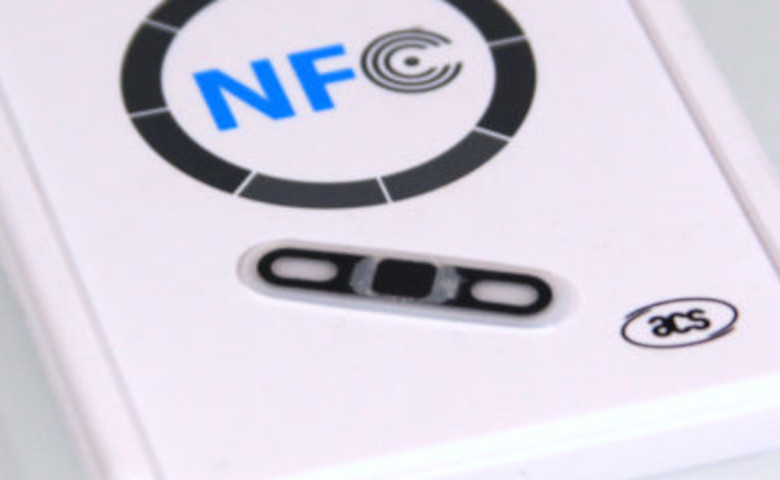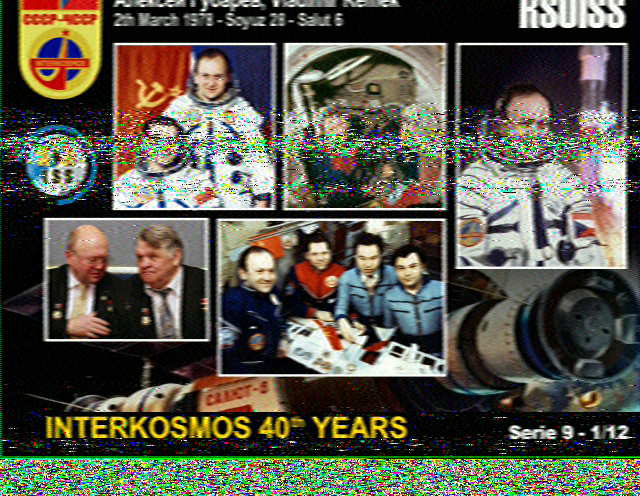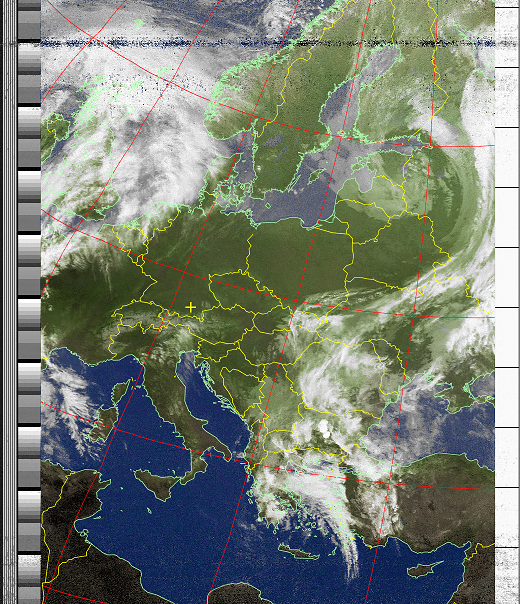Check out the project on GitHub. A while back, I wrote about how I use javacard chips for all kind of systems. One of the authentication protocols these chips support (given a compatible applet is installed) is FIDO2. I won’t go into what FIDO is or why it is such a big deal, you can find plenty of resources on… Read More →
Category: Software
Software engineering.
NFC Hacking: Part 3 – My Left Arm Runs Java
Check out the project on GitHub and DangerousThings . In my previous posts about NFC security models and custom hardware tokens, I explained why I want a hardware token which can perform computations and is freely programmable, and how I built a development prototype based on the NXP P71 chip. As I explained, I always wanted to use the VivoKey… Read More →
NFC Hacking: Part 1 – Authentication Systems Security
Check out the project on GitHub. Recently, I became interested in the security of various NFC/RFID contactless access control systems. You have probably seen some in action, for example smart door locks which you can unlock using a small key fob. Even credit cards and recent smartphones use the same technology to pay by touching the register terminal. I am… Read More →
A Proximity Chat Mod for “Among Us”
Check out the project on GitHub, and join our Discord server if you want to. Due to quarantine, several interesting and fun computer games resurfaced and got popular. One of these games is “Among Us” by InnerSloth, an online multiplayer social deduction game, similar to the board games “The Resistance” and “Mafia”. When I play with my friends, we usually… Read More →
FORTRAN In The Browser
Your scientists were so preoccupied with whether or not they could, they didn’t stop to think if they should. 2024 Update This post was originally published in 2020. Today, in 2024, the FORTRAN compiler landscape has changed quite a bit – while FORTRAN still does not enjoy first-class WebAssembly support in the LLVM toolchain, it is now possible to set… Read More →
Raspberry Pi Cross Compilation using Docker
The Raspberry Pi is a great little computer for makers. However, it lacks the performance to compile big software packages in an acceptable timeframe. So I set out to create a fast and easy-to use docker-based cross-compiler for the Pi, which runs on much more powerful machines like for example a VPS. Continuous Integration This server does not only host… Read More →
A DIY Handbrake for Simracing
Of course, there is always a Need for Speed in racing simulations. But sometimes, there is also the Need for Smooth Drifting Around Tight Corners. And pressing a button on my steering wheel controller just doesn’t cut it in terms of control and realism. So, I set out to acquire a handbrake controller, but quickly decided to build my own… Read More →
Postcards From the ISS
Sometimes, the folks over at the International Space Station (ISS) send greetings to earth, postcards encoded as SSTV images – transmitted at 145.800 MHz FM. Of course, I wanted to receive some. And in April 2018, I managed to. Hardware and Software I used the same hardware receiving stack as I used for receiving NOAA and Meteor weather satellites. In… Read More →
Receiving Meteor LRPT Weather Maps
After much success receiving weather maps from the NOAA satellites, I wanted to receive more satellites. While the NOAA satellites are US-based and are relatively old, the METEOR-M2 are of a more recent make, operated by Russia. However, the LRPT signals sent by the Meteor satellites are digital and somewhat harder to decode. But thanks to some ambitious russian friends,… Read More →
Receiving NOAA APT Weather Maps
After building a satellite antenna, I was able to receive and decode the weather maps sent by three US-based legacy satellites operated by the National Oceanic and Atmospheric Administration (NOAA). Hardware As mentioned, I used my own antenna. To get the signal into my PC, I used the excellent and low-cost RTL-SDR stick V3 by RTL-SDR.com. My base station consisted… Read More →









